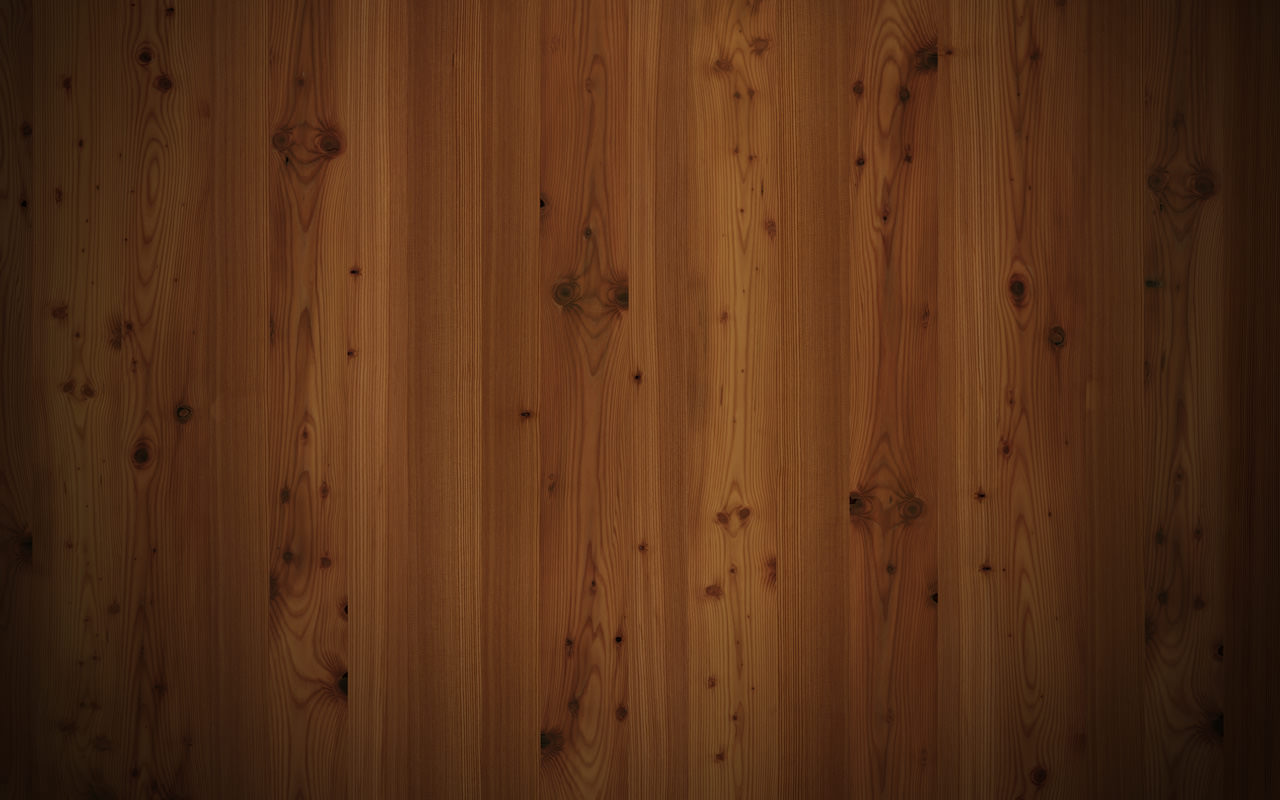

CHAPTER 3: Upper Facial Trauma
Resident Manual of Trauma to the Face, Head, and Neck
54
b. Diplopia
Double vision elicited on extraocular motion in the cardinal positions of
gaze can be due to injuries to the medial rectus muscle, superior
oblique muscle and/or trochlear slip, oculomotor nerve, trochlear nerve,
and entrapment of medial orbital structures into a fracture of the lamina
papyracea. Nerve injury is usually a neuropraxia, so if forced duction
tests are normal, observation is warranted.
c. Nasal Stuffiness
Nasal stuffiness occurs with blood in the nasal cavity; septal hematoma
(which is less likely with injuries of the bony perpendicular plate of the
septum than the cartilaginous septum); compression of the upper nasal
passages, with infracturing of the nasal bones; and generalized mucosal
edema.
d. Epistaxis
Epistaxis is quite common with NOE fractures. It usually represents the
disruption of the nasal mucoperiosteum caused by the blunt trauma or
shearing forces and displaced bony fractures. Severe epistaxis may
indicate disruption of the ethmoid arteries and/or the sphenopalatine
arteries; the latter is less likely, due to the more inferior location of the
sphenopalatine arteries in the nasal cavity.
e. Visual Disturbances
Visual disturbances are common with NOE fractures. They are often
due to orbital edema, periocular swelling, and injury to the medial
orbital muscles and nerves. Non-diplopia signs include a dilated pupil or
Marcus-Gunn pupil, indicating injury to the optic nerve. The cornea may
be disrupted, abraded, or lacerated, and hyphema (Figure 3.16) is very
common with blunt mid-facial trauma. A dislocated ocular lens is rare,
Figure 3.16
Hyphema of the globe is seen
as layered blood in the anterior
chamber.










